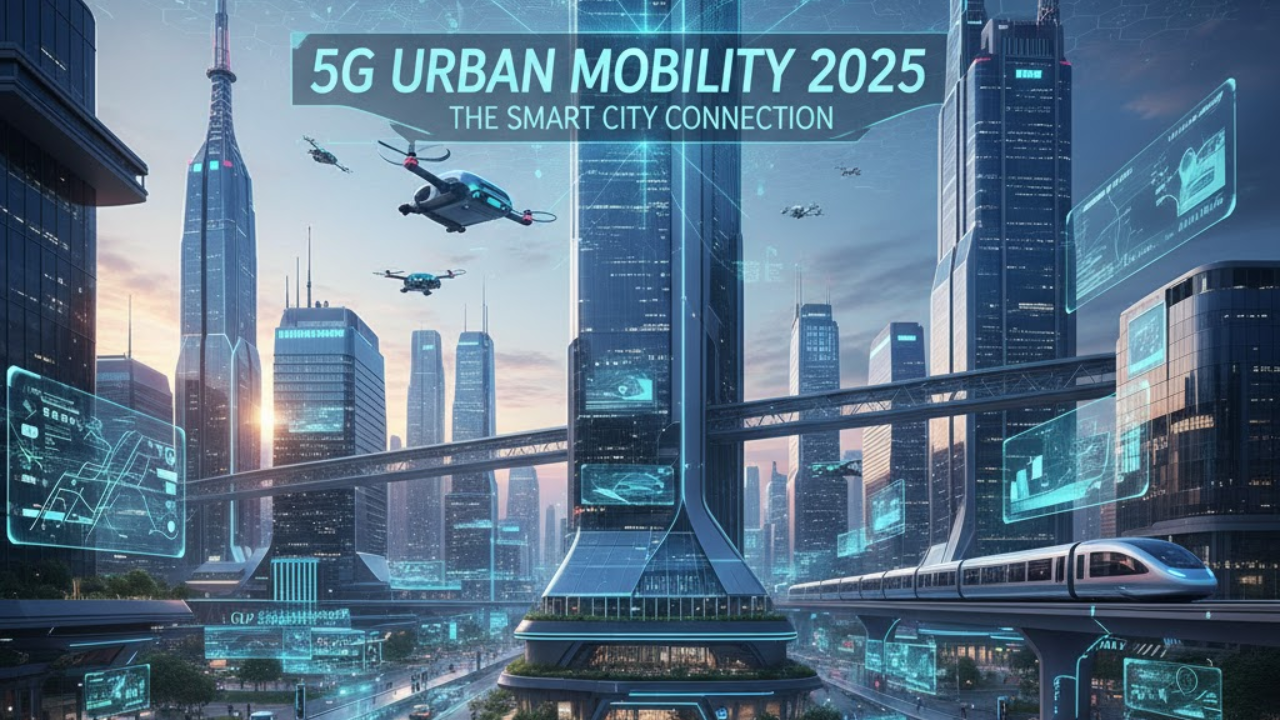
Post by : Meena Rani
In 2025, cities aren’t just growing — they’re connecting. The backbone of this transformation is 5G technology, the fifth generation of mobile connectivity that’s enabling vehicles, roads, and infrastructure to communicate at lightning speed.
Unlike previous generations, 5G isn’t just about faster internet — it’s about creating smart ecosystems where data moves as quickly as people do. From autonomous cars to connected traffic lights, 5G is the invisible network making smart mobility a living reality.
Modern transportation depends on coordination — between cars, pedestrians, sensors, and city systems. Without seamless communication, even advanced technologies like autonomous vehicles or electric fleets can’t operate efficiently.
That’s where 5G steps in. With speeds up to 100 times faster than 4G and latency as low as 1 millisecond, 5G allows vehicles and infrastructure to exchange data in real time. This ultra-reliable connectivity is what enables instant decision-making — essential for safety, efficiency, and sustainability in complex city environments.
In essence, 5G turns every street into a data highway, where information flows faster than traffic.
The impact of 5G spans across all dimensions of urban transportation:
Autonomous Vehicles: Cars can communicate with each other (V2V) and infrastructure (V2X) to predict collisions, coordinate speed, and adapt to traffic flow.
Smart Traffic Systems: Traffic lights and sensors adjust automatically based on congestion and pedestrian patterns.
Electric Mobility: Charging stations share real-time availability, power demand, and pricing through cloud-connected networks.
Public Transport: 5G supports live bus tracking, predictive maintenance, and AI-powered route optimization.
Emergency Response: Connected ambulances and police vehicles use priority routing during crises.
Every vehicle, road, and signal becomes part of a unified digital nervous system — making cities more efficient, safe, and responsive.
While 5G provides the speed, edge computing provides the brainpower. Instead of sending data back to faraway servers, edge computing processes information locally — within the city or even inside vehicles.
This drastically reduces delays, allowing instant actions like braking when a pedestrian steps onto the road or rerouting traffic after an accident. Combined with AI, edge computing turns raw data into intelligent decisions on the spot.
The result? Cities that think and react in real time — like living organisms.
One of the most overlooked benefits of 5G mobility systems is sustainability. Smarter coordination reduces idling, fuel waste, and emissions. Public transport networks powered by real-time analytics can run more efficiently, lowering operational carbon footprints.
Additionally, connected e-mobility platforms balance energy usage across cities — charging vehicles when renewable energy supply peaks. 5G isn’t just accelerating movement; it’s also decarbonizing it.
This makes connectivity a vital tool in building climate-resilient cities.
To harness 5G’s potential, cities are investing heavily in connected infrastructure — smart poles, sensor grids, and IoT networks. These components work together to collect and transmit massive amounts of urban data.
For instance:
Smart streetlights adjust brightness based on motion and time.
Sensor-based roads detect traffic density and vehicle types.
Connected cameras assist in managing parking and safety.
This digital architecture creates what experts call a “mobility mesh” — an integrated system where every element of the city communicates continuously.
Despite its promise, deploying 5G-driven mobility faces several challenges:
Infrastructure Costs: Building dense 5G networks requires massive investment.
Data Privacy: Cities must ensure secure handling of sensitive mobility data.
Interoperability: Different systems and vendors need common communication standards.
Cybersecurity: More connections mean more potential entry points for attacks.
Without careful governance, the same networks that empower cities could also expose them to vulnerabilities. Hence, digital trust becomes as vital as digital speed.
Some of the world’s most advanced cities are already using 5G to power next-gen mobility systems:
Seoul has implemented 5G-based traffic control to reduce congestion by 25%.
Stockholm uses connected buses and IoT data to optimize public routes.
Singapore integrates 5G with autonomous shuttles and smart intersections for real-time flow management.
Los Angeles is testing 5G-based emergency response networks that automatically adjust traffic signals for ambulances.
These examples show how connectivity can become a form of infrastructure as important as roads themselves.
Ultimately, smart mobility isn’t about machines — it’s about people. 5G makes cities more human-centric by reducing wasted time, stress, and accidents. Commuters get smoother rides, safer crossings, and cleaner air.
The challenge for planners now is to ensure digital inclusion — that 5G benefits all citizens, not just affluent districts. True progress means ensuring every neighborhood is part of the networked future.
Disclaimer: This article is for informational purposes only. Implementation of 5G-based mobility systems depends on local infrastructure, regulations, and cybersecurity standards. Always refer to verified smart city data and government-approved pilots for accuracy.
5g mobility, connected cities, smart transportation, iot infrastructure, edge computing, autonomous vehicles, sustainable mobility, smart city connectivity, intelligent transport systems, digital infrastructure 2025
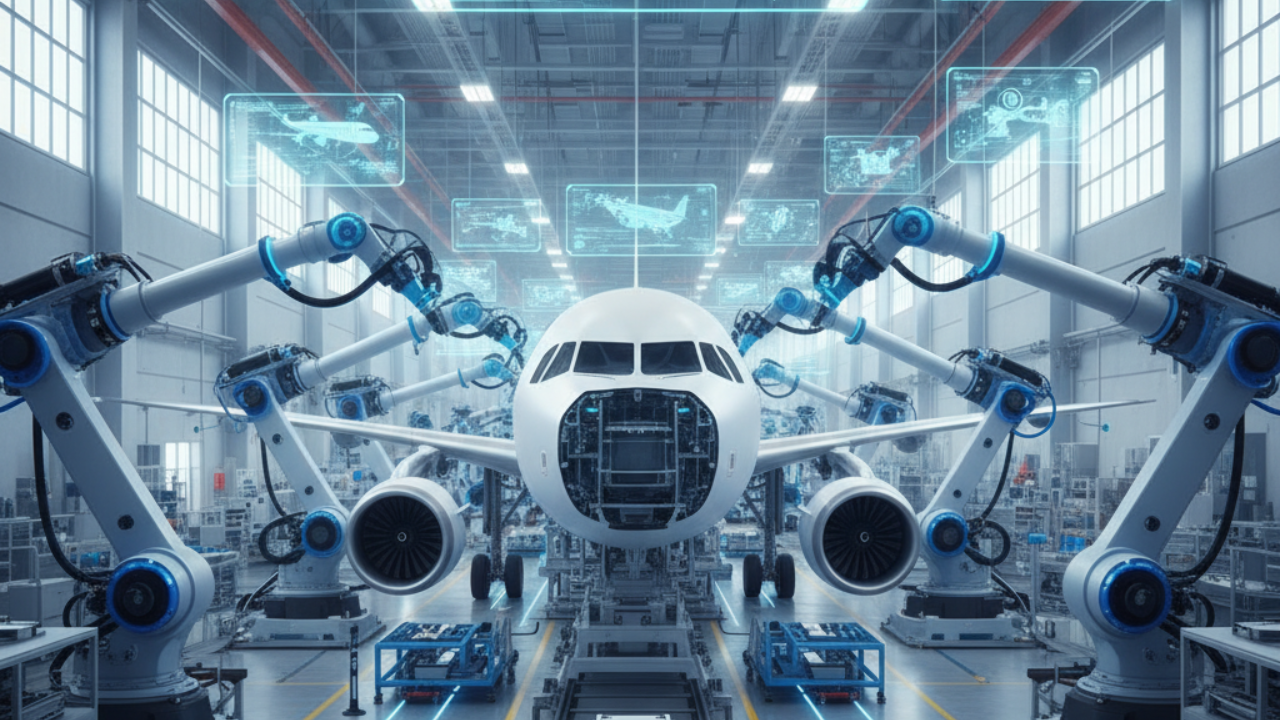
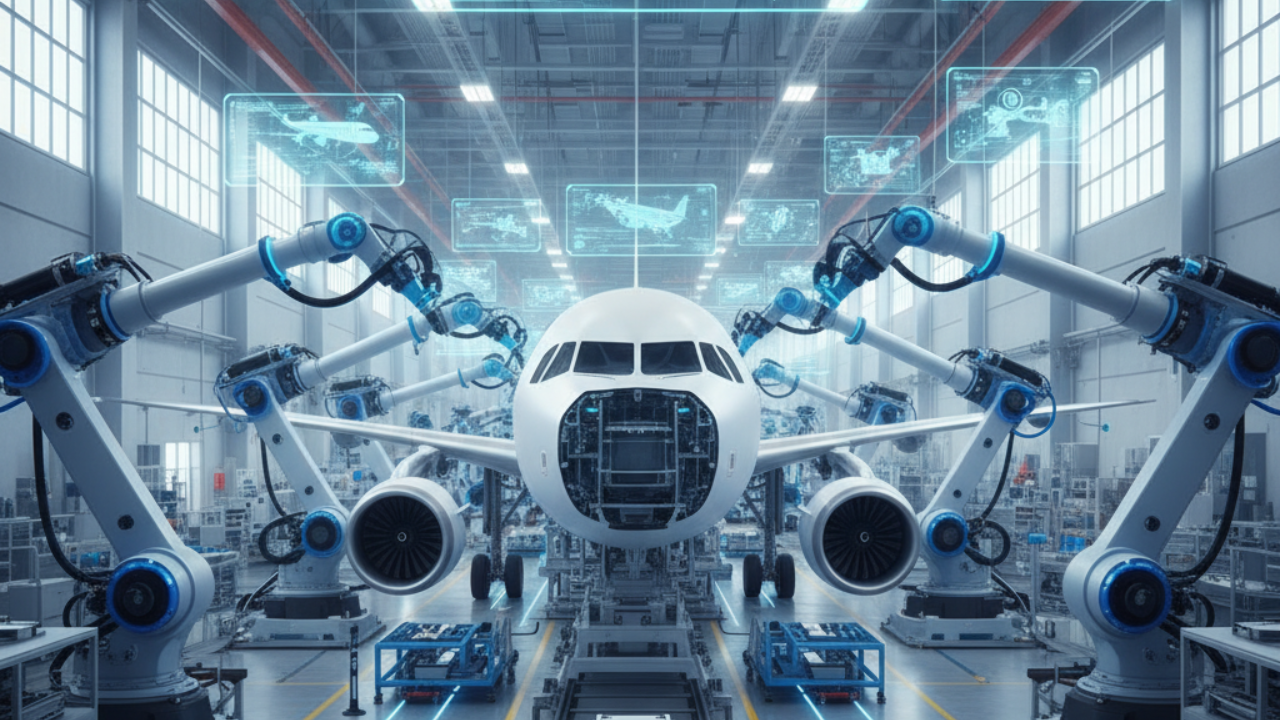
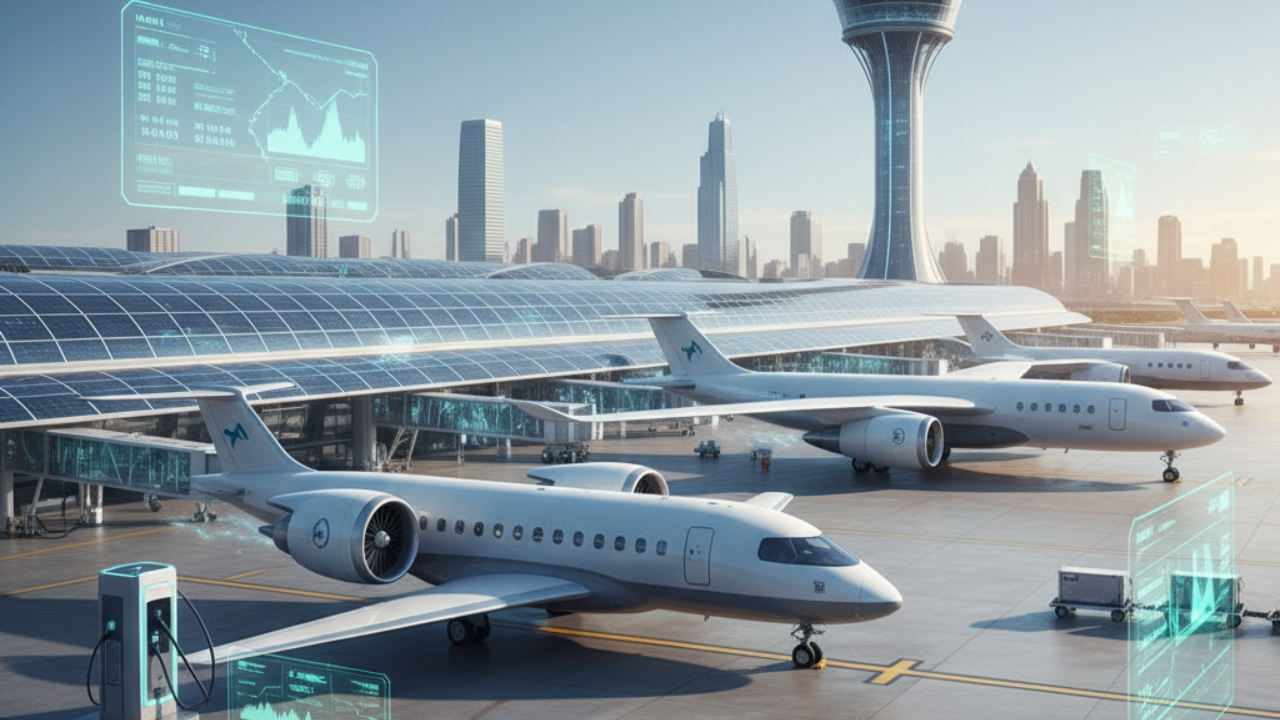
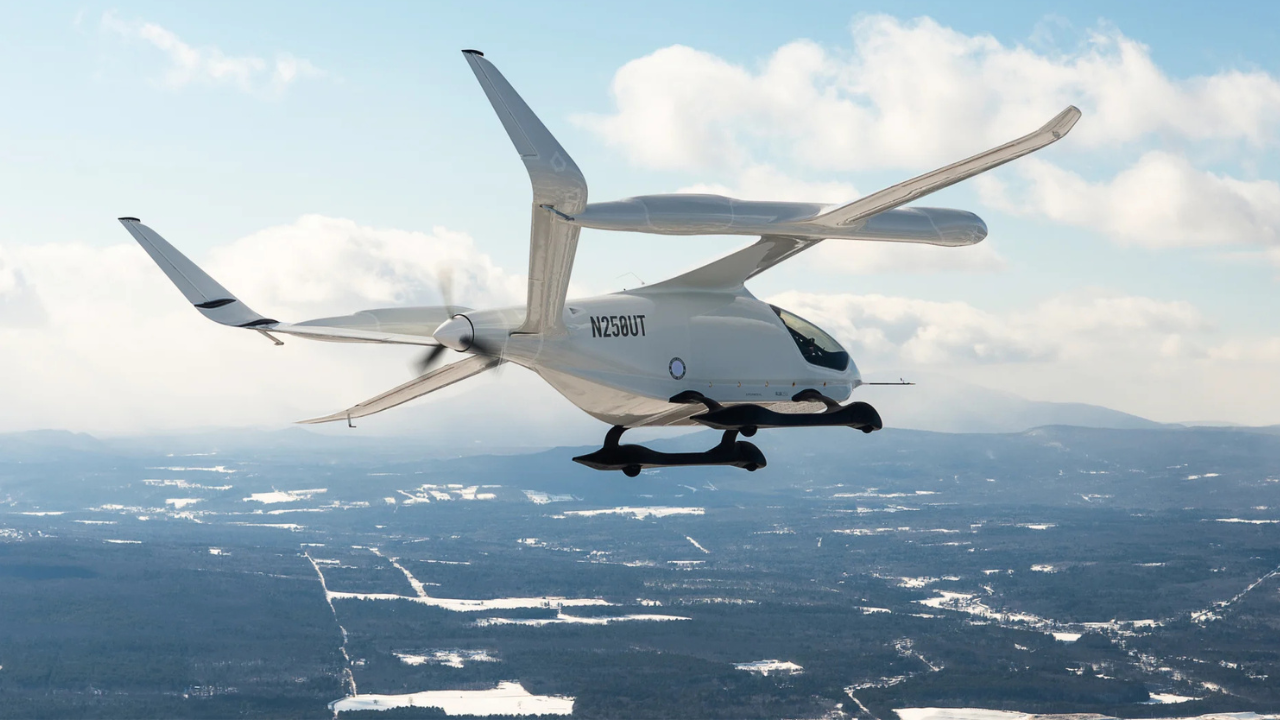
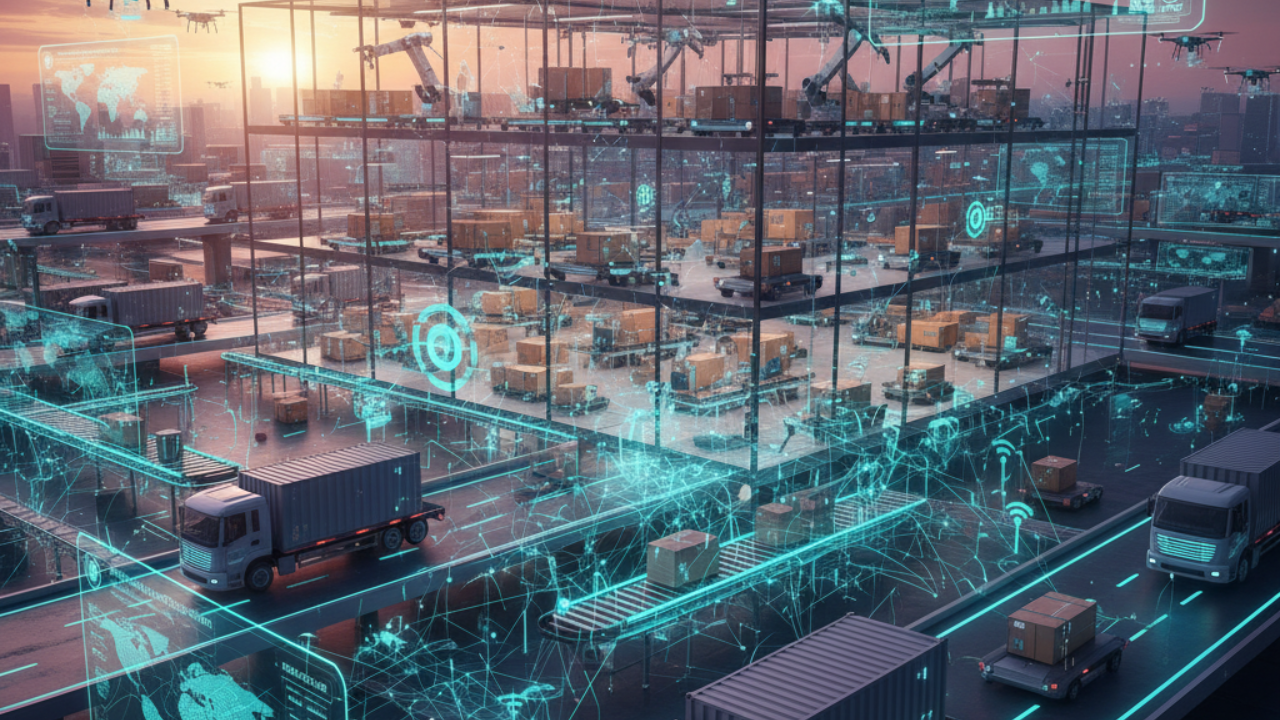
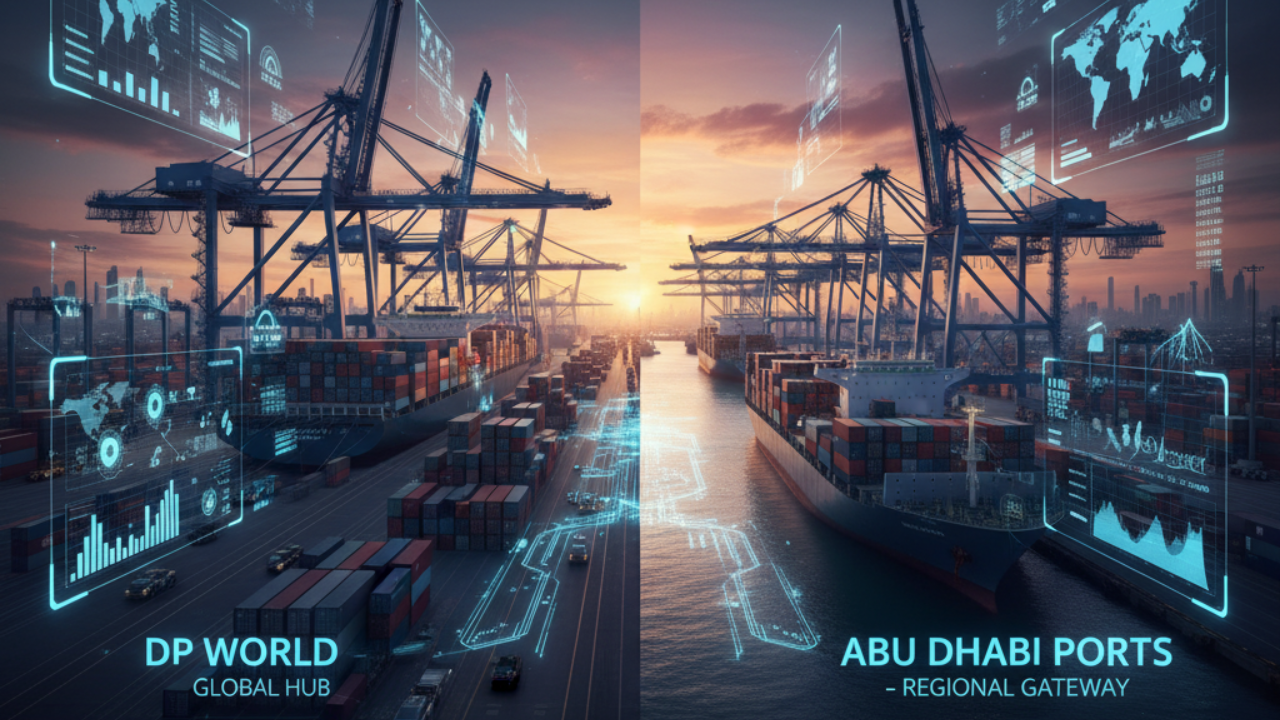
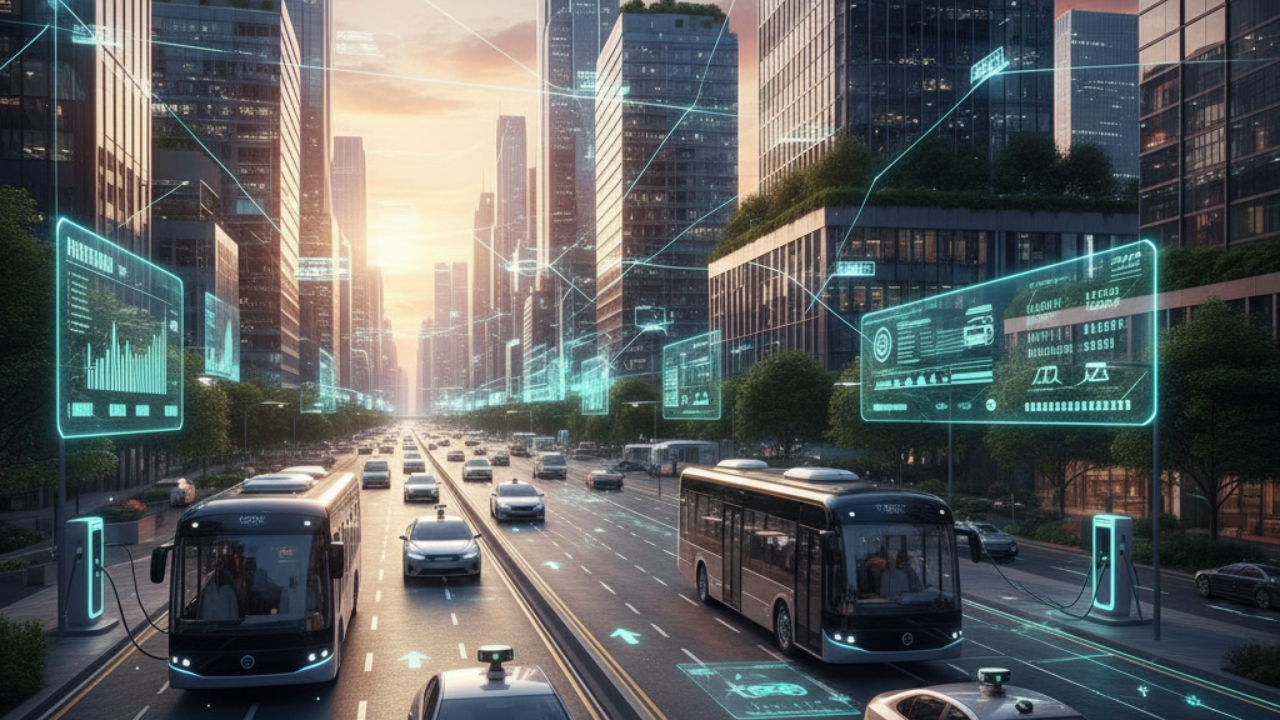
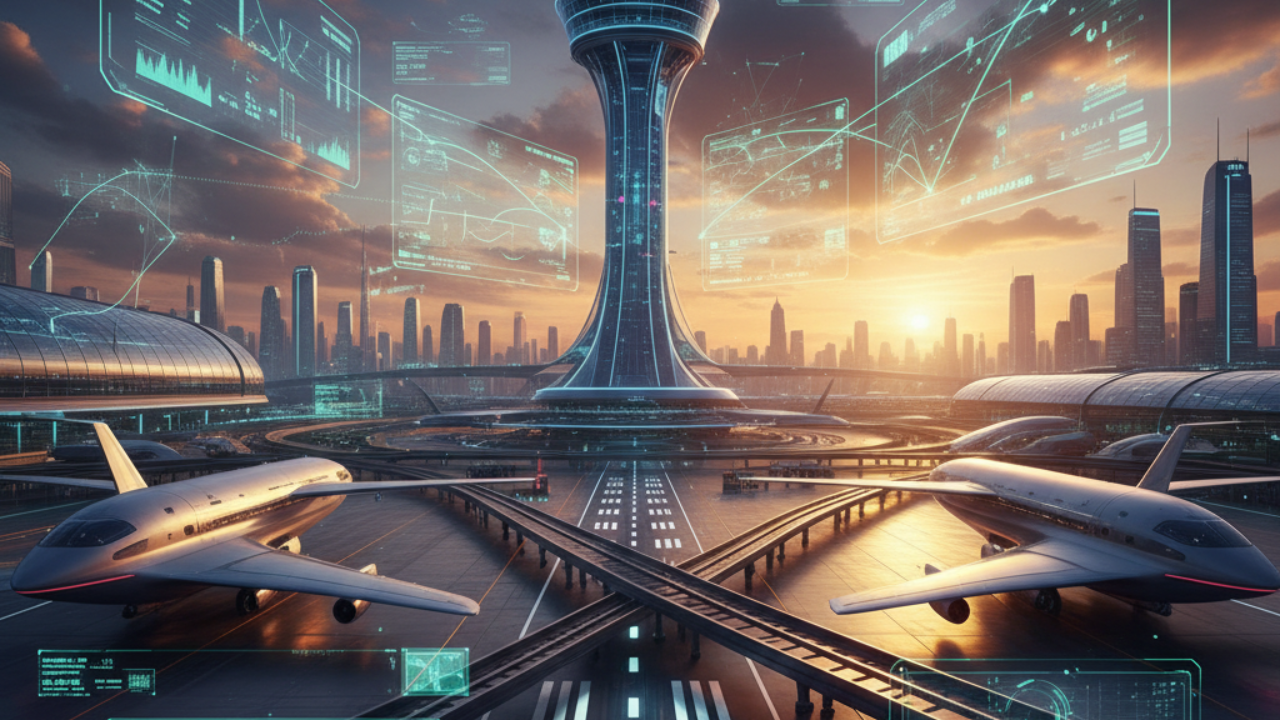


Bengaluru-Mumbai Superfast Train Approved After 30-Year Wait
Railways approves new superfast train connecting Bengaluru and Mumbai, ending a 30-year demand, easi

Canada Post Workers Strike Halts Nationwide Mail and Parcel Services
Canada Post halts operations as CUPW strike disrupts mail and parcel delivery nationwide amid disput

PM Modi Launches BSNL ‘Swadeshi’ 4G Network, 97,500 Towers Built
India enters global telecom league as PM Modi inaugurates BSNL’s indigenous 4G, connecting 26,700 vi

India’s Iconic MiG‑21 Takes Final Flight After Six Decades of Service
After 60 years India retires its MiG‑21 fighter jet, a legendary yet controversial warplane marking

Hindustan Zinc unveils AI hotspot monitoring at Debari smelter
Hindustan Zinc launches AI-powered Switchyard Hotspot Monitoring at Debari smelter to cut outages bo

Chinese experts worked inside sanctioned Russian drone plant
Chinese drone specialists visited IEMZ Kupol supplying parts and drones via intermediaries, deepenin